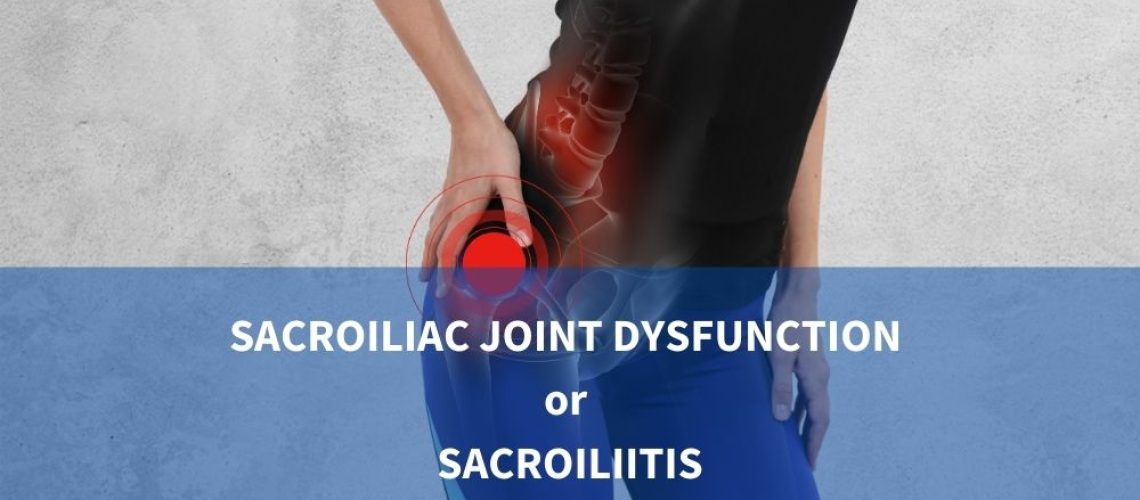Sacroiliac joints. Overview
Sacroiliac joints are situated where your lower spine and pelvis connect. Sacroiliac joint dysfunction or sacroiliitis are common terms used to illustrate the pain of the sacroiliac joint. 15% to 30% of people with mechanical low back pain have sacroiliac joint syndrome. The majority of individuals affected by sacroiliac joint pain are adults. The disorder is most common in individuals who lead a sedentary lifestyle.
Symptoms of the SI joint dysfunction
Symptoms of the sacroiliac joint syndrome are often difficult to identify from other types of low back pain. The most common symptoms are:
- Low back pain
- Thigh pain
- Difficulty sitting in one place for too long due to pain
- The joint can be hyper or hypo-mobile which can cause pain
- Pain is usually localized over the buttock
- Sharp, stabbing, and/or shooting pain extends down the posterior thigh usually not past the knee
- Pain can frequently mimic and be misdiagnosed as radicular pain
- Pain appears while sitting down, lying on the ipsilateral side of pain, or climbing stairs
Lower back pain is typically felt only on one side, but in some cases may be felt on both sides.
Causes of the sacroiliitis
Causes for sacroiliac joint dysfunction include:
- Traumatic injury. A sudden impact, such as a motor vehicle accident or a fall, can damage your sacroiliac joints
- Arthritis. Wear-and-tear arthritis (osteoarthritis) can occur in sacroiliac joints, as can ankylosing spondylitis — a type of inflammatory arthritis that affects the spine
- Pregnancy. The sacroiliac joints must loosen and stretch to accommodate childbirth. The added weight and altered gait during pregnancy can cause additional stress on these joints and can lead to abnormal wear
- Infection. In rare cases, the sacroiliac joint can become infected
- Complications
- As with other conditions that cause chronic pain, sacroiliitis can result in depression and insomnia
Treatment of the Sacroiliac joint dysfunction at the Osteo Health Clinic
Sacroiliac joint pain is a difficult diagnosis to make and best managed by osteopathic manipulations and physiotherapeutic procedures.
In Osteo Health Clinic we use an effective combination of:
The key is changing lifestyle, control of the healthy body weight and regular exercises. Patients who lead a sedentary lifestyle usually have the worst outcomes.
Many other treatments are available for SI joint pain, but their efficacy is unclear. Surgery is the last resort and is not always associated with good outcomes.

